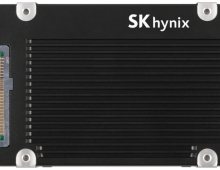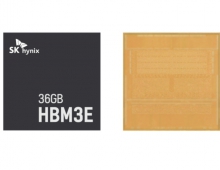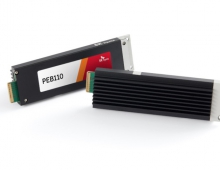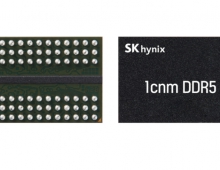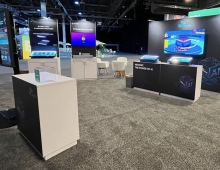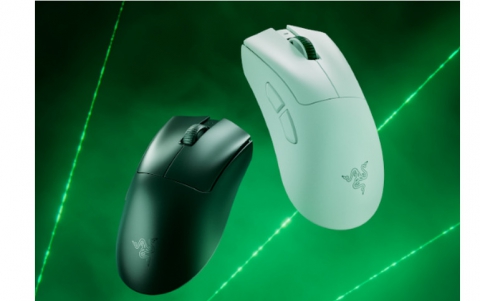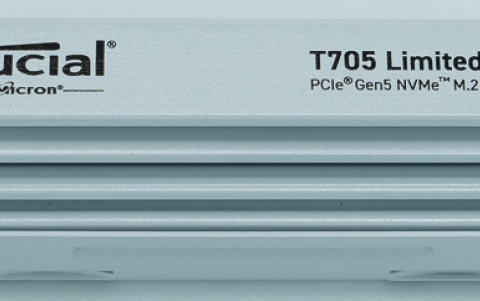
Elpida Announces 512 Megabit XDR DRAM
Japanese Elpida today announced the availability of 512 Megabit XDR DRAM devices in sample quantities.
The new devices operate at 4.0 GHz data rate, providing a data transfer rate of 8.0 Gigabytes per second (GB/s) within a single device for digital consumer electronics applications such as high definition televisions (HDTV), gaming consoles and home entertainment server systems that require high bandwidth to support 3-D graphics. XDR DRAM is based on the XDR memory interface architecture developed by Rambus.
Rambus has also announced the XDR2 technology, the latest version of its high-bandwidth XDR memory interface technology. XDR2 DRAM devices are targeting 8.0GHz data rates, enabling a single DRAM device with 16GB/s of peak bandwidth.
Technical Details
Elpida's 512 Megabit XDR DRAM devices are organized as 4M words x 16-bits x 8 banks and with 4.0 GHz operation and 8.0 Gigabytes per second (GB/s) data transfer rate, more than 4 times the peak bandwidth of industry-standard DDR2 memory devices. They are manufactured using Elpida's 90 nm process technology and are available in 104-ball FBGA packages.
To support both high speed and robust data transfer, the devices utilize advanced Rambus-specific features such as Differential Rambus Signal Level (DRSL) interface, which minimizes the signal swing and noise, and Octal Data Rate (ODR) which transfers 8 bits per clock cycle to achieve 4.0 GHz operation even with the commonly used 400 MHz clock. The 512 Megabit XDR devices also feature programmable on-chip termination, adaptive impedance matching, dynamic request scheduling and zero overhead refresh.
Elpida's 512 Megabit XDR DRAM devices (Part number: EDX5116ACSE) are currently sampling to customers. Volume production is expected to begin based on market demand.
Rambus has also announced the XDR2 technology, the latest version of its high-bandwidth XDR memory interface technology. XDR2 DRAM devices are targeting 8.0GHz data rates, enabling a single DRAM device with 16GB/s of peak bandwidth.
Technical Details
Elpida's 512 Megabit XDR DRAM devices are organized as 4M words x 16-bits x 8 banks and with 4.0 GHz operation and 8.0 Gigabytes per second (GB/s) data transfer rate, more than 4 times the peak bandwidth of industry-standard DDR2 memory devices. They are manufactured using Elpida's 90 nm process technology and are available in 104-ball FBGA packages.
To support both high speed and robust data transfer, the devices utilize advanced Rambus-specific features such as Differential Rambus Signal Level (DRSL) interface, which minimizes the signal swing and noise, and Octal Data Rate (ODR) which transfers 8 bits per clock cycle to achieve 4.0 GHz operation even with the commonly used 400 MHz clock. The 512 Megabit XDR devices also feature programmable on-chip termination, adaptive impedance matching, dynamic request scheduling and zero overhead refresh.
Elpida's 512 Megabit XDR DRAM devices (Part number: EDX5116ACSE) are currently sampling to customers. Volume production is expected to begin based on market demand.

